Gerry Stahl
www.GerryStahl.net (internet)
Gerry@GerryStahl.net (email)
Professor Emeritus
College of Computing and Informatics
Drexel University
Philadelphia, PA, USA
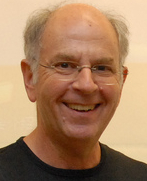
Gerry Stahlwww.GerryStahl.net (internet)Gerry@GerryStahl.net (email)Professor EmeritusCollege of Computing and InformaticsDrexel UniversityPhiladelphia, PA, USA |
 |
In my life, I have pursued interests in mathematics, physics, philosophy, computer science, community development, educational research and sculpture—each of which I found intellectually challenging. These disciplines have run as threads through a series of interconnected careers across several decades, as summarized below and documented in my website and eLibrary.
This website grew mostly during the two decades when I was involved in academia as a computer scientist and educational researcher. It focuses primarily on my research in Computer-Supported Collaborative Learning (CSCL) Most of my CSCL publications discuss real instances of students learning math collaboratively in the Virtual Math Teams (VMT) research project which I directed at Drexel University and the Math Forum with a series of NSF grants. During this period, I founded and edited the International Journal of CSCL (ijCSCL).
I started reading philosophy while in high school—mostly philosophy of math and science. In college, I transitioned from majoring in math and physics to philosophy, especially continental philosophy, including Nietzsche, Marx, Heidegger and Merleau-Ponty. From 1970-75, I earned a PhD in philosophy, with three years of study in Germany and a dissertation on Marx and Heidegger. I taught a couple of courses and authored some papers, but soon returned to my computer science career. However, my subsequent careers were deeply influenced by my philosophy studies. My computer science dissertation was largely based on Heidegger’s theory of interpretation; my community development writings were influenced by Marx’ economic analysis; my educational research centered on an original philosophy of group cognition; my books are philosophical in tone; even my sculpture is driven by philosophic as well as aesthetic inquiry.
* eLibrary: vol 1 Marx & Heidegger, vol 5 Social Philosophy, vol 11 Essays in Philosophy of Group Cognition, vol 19 Theoretical Investigations
Having taken a couple of computer courses at MIT, I started a career in computer programming. Before and after my graduate study in philosophy, I was a systems programmer at Temple U. and Northwestern U. in 1968-71 and 1973-76. When personal computers were first developed, I ran a computerization project for nonprofits in Philadelphia from 1985-89. I then earned a PhD in computer science at the University of Colorado from 1989-93. I worked on software development research until 2002, as a graduate research assistant, researcher at a start-up, post-doc, research professor and research scientist. A number of these projects were with NASA's astronaut program. I developed software systems and research prototypes in many programming languages, including Hermes for design, WebGuide for communication with perspectives and VMT for collaborative digital geometry, as well as USWest, Phidias, WebNet, TCA, CREW, OptoNet, SimRocket, Gamble Gulch, CIE and BSCW/Synergia. From 2003-2014, I taught at Drexel University’s School of Informatics, where I earned tenure and retired as Emeritus Full Professor of Information and Computer Science.
* Website: Teaching, Research
* Software code: WebGuide, Hermes
* eLibrary: vol 2 Tacit and Explicit Understanding in Computer Support, vol 3 Group Cognition: Computer Support for Building Collaborative Knowledge, vol 8 Essays in Personalizable Software, vol 17 Proposals for Research
While working at Temple, I helped organize a union for the computer workers. After being fired during a strike, I became a VISTA volunteer at the Philadelphia Council of Neighborhood Organizations, where I was a community organizer in impoverished areas of Philadelphia; I formed an effective block organization in my own West Philly neighborhood and wrote a grant proposal for a million dollars for energy conservation neighborhood projects. From 1979-84 I was neighborhood planner at the SW Germantown Community Development Corporation, where I raised city, state, federal, foundation and corporate grants for programs in home repair, weatherization and job training, as well as a neighborhood credit union, business incubator and energy conservation organization. I next worked at a neighborhood development think tank providing technical support to nonprofits. I spun off my Community Computerization Project, which helped to computerize many nonprofits when personal computers became available. In retirement, from 2017 through 2021, I served as Treasurer and chair of the Salt Marsh Task Force on the Board of the Chatham Conservation Foundation, the oldest land trust on Cape Cod. My brother and I researched four historic coins discovered at an archaeological dig at the homestead of the founder of Chatham. In 2022 I was appointed to the Energy and Climate Action Committee of the Town of Chatham, to continue my effort to preserve Chatham's salt marsh natural resources.
* Website: Personal
* eLibrary: vol 5 Social Philosophy, vol 17 Proposals for Research, vol 18 Overview and Autobiographical Essays.
My computer science career evolved into educational research as I concentrated increasingly on the design of software to support learning and collaboration after graduate school. I became active in the CSCL (computer-supported collaborative learning) research field, attending all its conferences and organizing the one in 2002. At Drexel, my research was in collaboration with the Math Forum and concerned collaborative learning of mathematics, especially dynamic geometry. I directed the VMT (virtual math teams) project with National Science Foundation funding from 2003-2015 and founded the International Journal of CSCL (ijCSCL), serving as its editor-in-chief from 2006-2015. I travelled around the world to present at research centers, conferences and workshops -- see 145 of these conference presentations (1993-2017). I published five books on my educational research at academic presses and was recognized as an international leader in CSCL.
* Website: eLibrary, Publications, Talks, ijCSCL Journal, VMT Project, CSCL, Teaching, Research, CV
* eLibrary: vols 3-6, 9-16, 21
* YouTube: playlists: academic presentations and research reports
For most of my adult life, I occasionally engaged in wood sculpture. Once I settled into retirement around 2018, I started to take pottery classes and to work in ceramic and wood sculpture as my primary activity. I do not sell my pieces, but have exhibited at a couple of local art-center shows. I have produced a body of work that explores different historical sources of sculpture and tries to exemplify an approach to sculpture that is appropriate for the current stage of its history. Works of 3-D Form catalogs my more than 230 sculptures and emphasizes my philosophy of “opening up” the material that is being worked (clay, wood, plaster) to produce expressive three-dimensional forms. Some of the material from the book is also available on the Sculpture tab of this website, including pictures of 44 wood carvings. Over 100 YouTube videos of sculptures rotating in 360 degrees are available from there as well.
* Website: Sculpture
* eLibrary: vol 20 Works of 3-D Form (free download of latest version)
* YouTube: playlists: wood carvings, abstract ceramic sculptures, modernist, prehistoric, the human body
Increasingly during my life, I documented my work in essays and other publications. These are collected in my eLibrary. Volume 18, Overview and Autobiographical Essays, contains many pointers to the stages, activities and documents related to my life and careers. The volumes in the eLibrary reflect the various interests which have pervaded my life and interpenetrated each other. Although I was late in learning to write fluently, working on my dissertations and grant proposals got me started and I eventually came to find writing central to my work. My writings on educational technology are prolific and highly cited -- see or download a list of 410 publications, with links to download them. My developing philosophical perspective is revealed in many of my writings. I also developed many grant proposals (funded for a total of over $11 million) and wrote introductions to each issue of the journal I edited. My eLibrary includes 21 volumes, including my two dissertations and five published academic books, as well as collections of my other writings and documentation of my work.
* Website: eLibrary, Publications, CV
* eLibrary: vol 16 Editorial Introductions to ijCSCL, vol 17 Proposals for Research, vol 18 Overview and Autobiographical Essays.
Throughout my evolving careers, family life has always played a major role, if less documented in my professional writings and academic website. My parents were lifelong social activists in the labor movement and integrated housing, respectively. My brother, Alan, and I both followed circuitous paths to academia. I have lived in many places and homes. In 1967 I married Doris Whiteman and we lived in Heidelberg, Philadelphia, Chicago and Frankfurt. In 1989 I married Carol Bliss and we lived in Boulder, Bonn, Philadelphia and Chatham. My son Zake is married to Kimlou and they have a daughter, Nastasja. My son Rusty is married to Sarah and they have two daughters, Ruby and Ora.
* Website: Personal
* eLibrary: vol 18 Overview and Autobiographical Essays
Here is Ora Ruth Stahl, born in 2018. 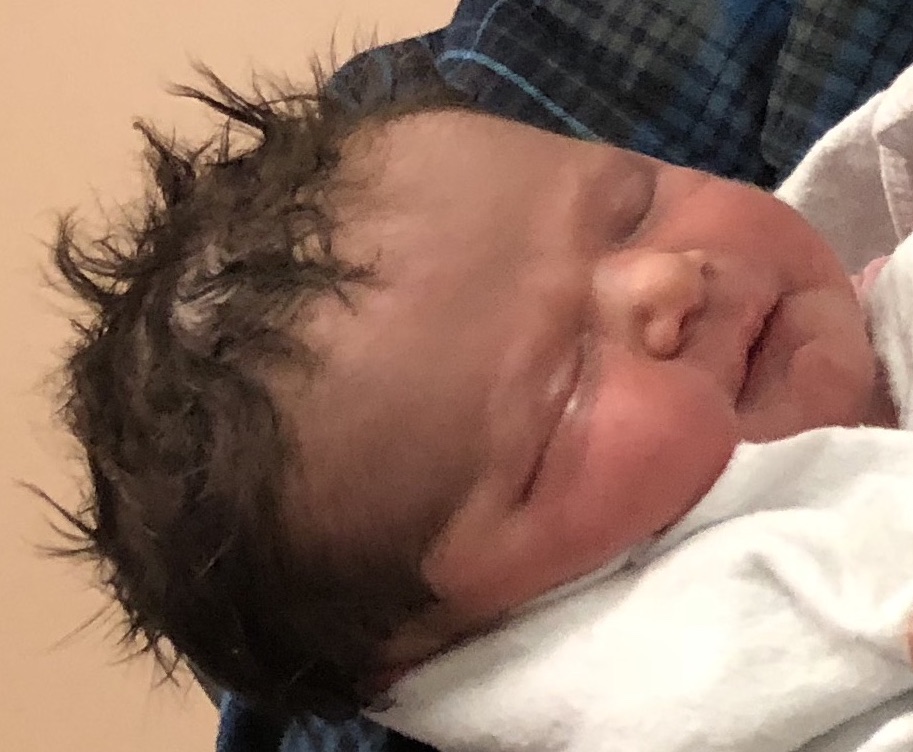
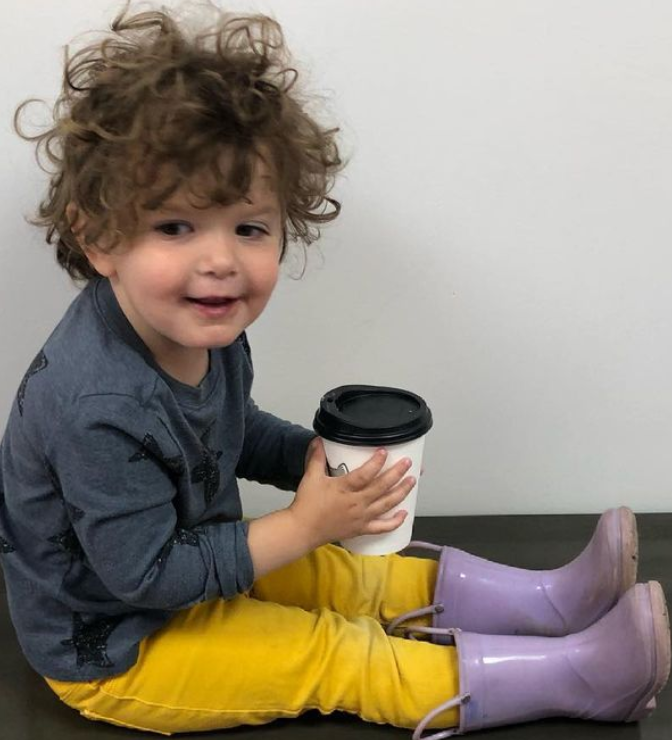
Her older sister is Ruby Selah Stahl. 
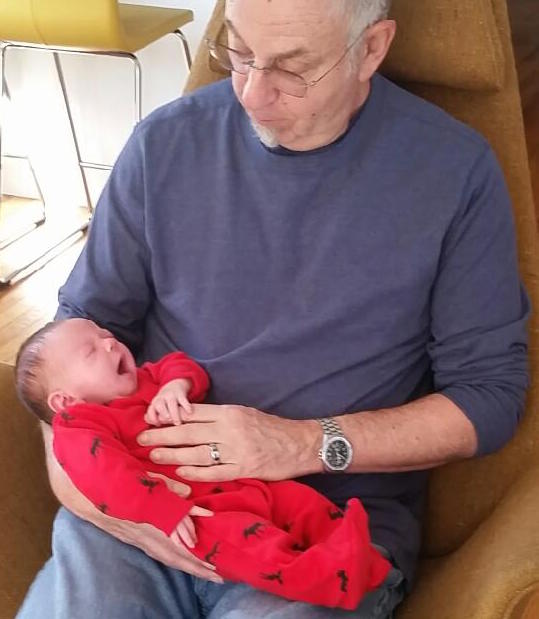
Our other gem is Nastasja Jade Stahl, now a college graduate. 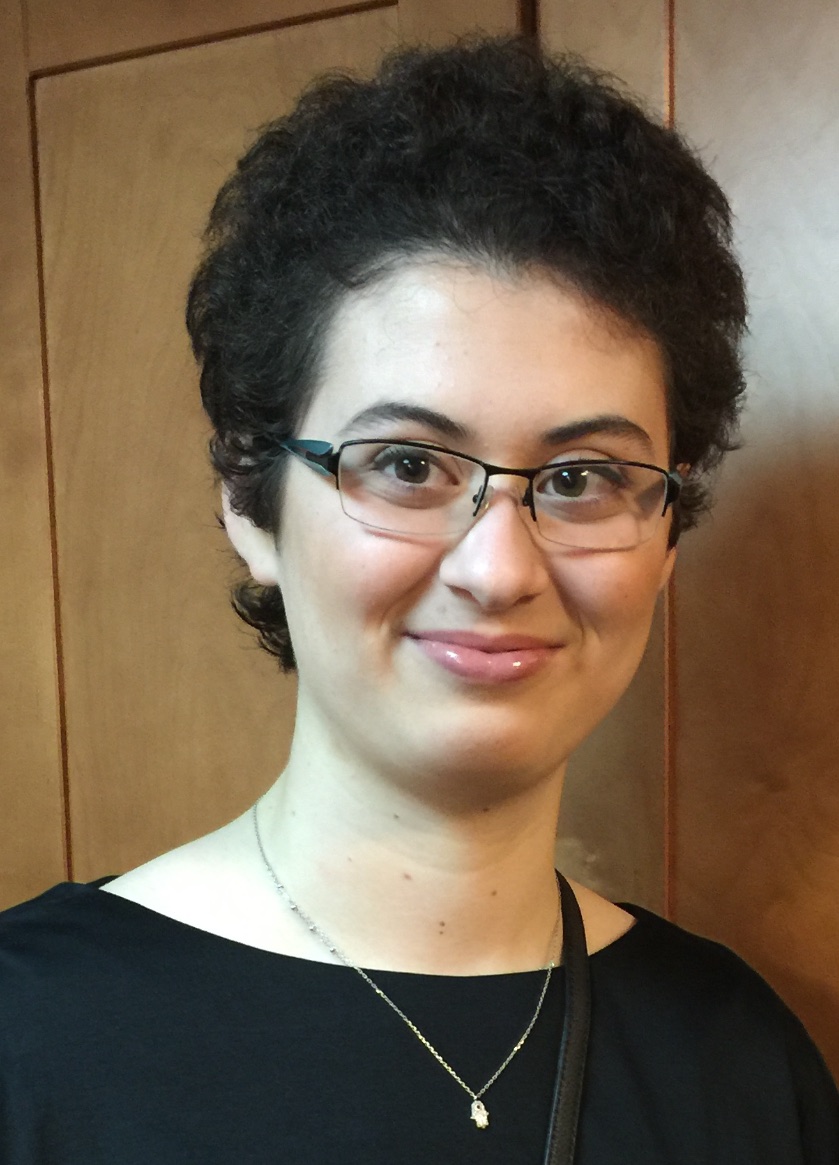
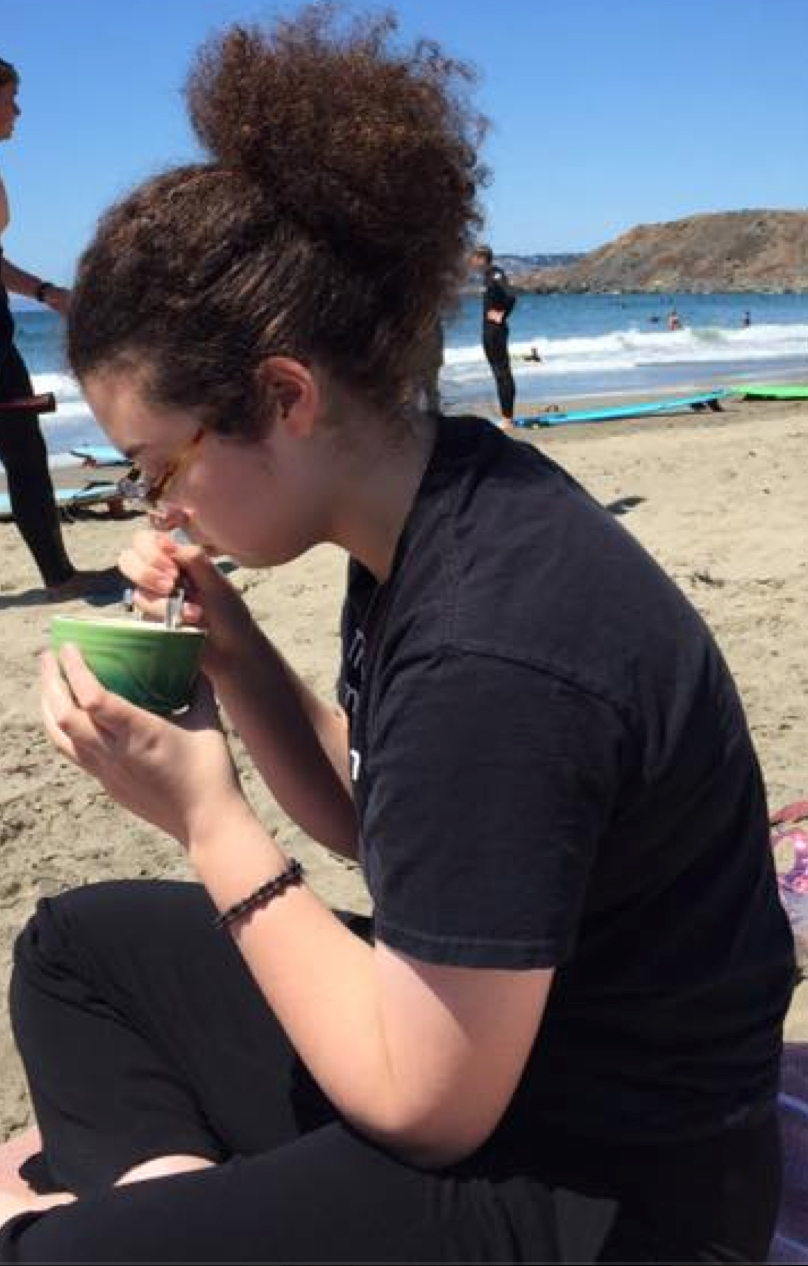
Volume documenting my sculpture and creative work during retirement:
Works of 3-D Form
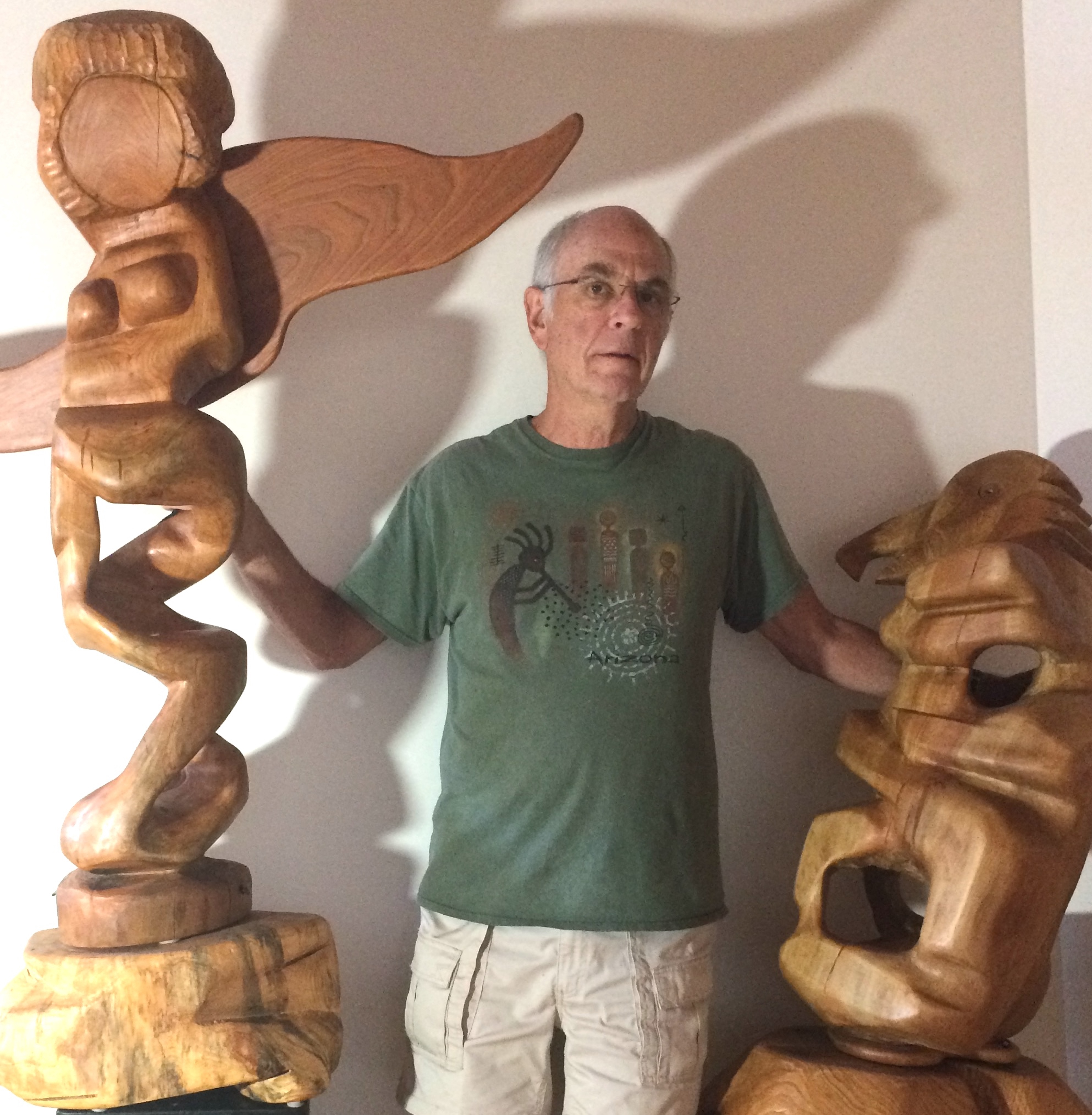 Click here to download the free e-book (pdf) of all my sculptures. This volume contains information on my sculpture and other artistic creations. There are reflections on my approach to sculpture, both aesthetic and technical. The volume concludes with a catalog of all my sculptures in chronological order.
Click here to download the free e-book (pdf) of all my sculptures. This volume contains information on my sculpture and other artistic creations. There are reflections on my approach to sculpture, both aesthetic and technical. The volume concludes with a catalog of all my sculptures in chronological order.
Available now from Springer Press in the CSCL book series:
Theoretical Investigations: Philosophical Foundations of Group Cognition
This edited volume presents 12 theoretical investigations from the first decade of ijCSCL and 11 recent theoretical and philosophical essays by me. They explore the nature of productive collaborative learning in an age when social media have turned out to be problematic.

Group Cognition (MIT Press, 2006, 510 pages)
Studying VMT (Springer, 2009, 817 pages)
Translating Euclid (2013, 266 pages)
Constructing Dynamic Triangles Together (Cambridge, 2015, 278 pages)
Theoretical Investigations (Springer, 2021, 597 pages)